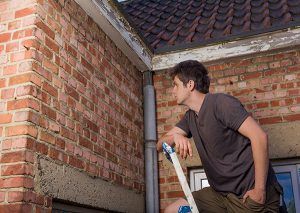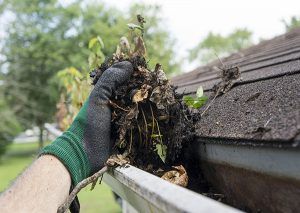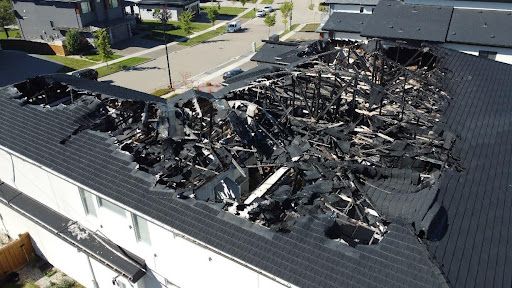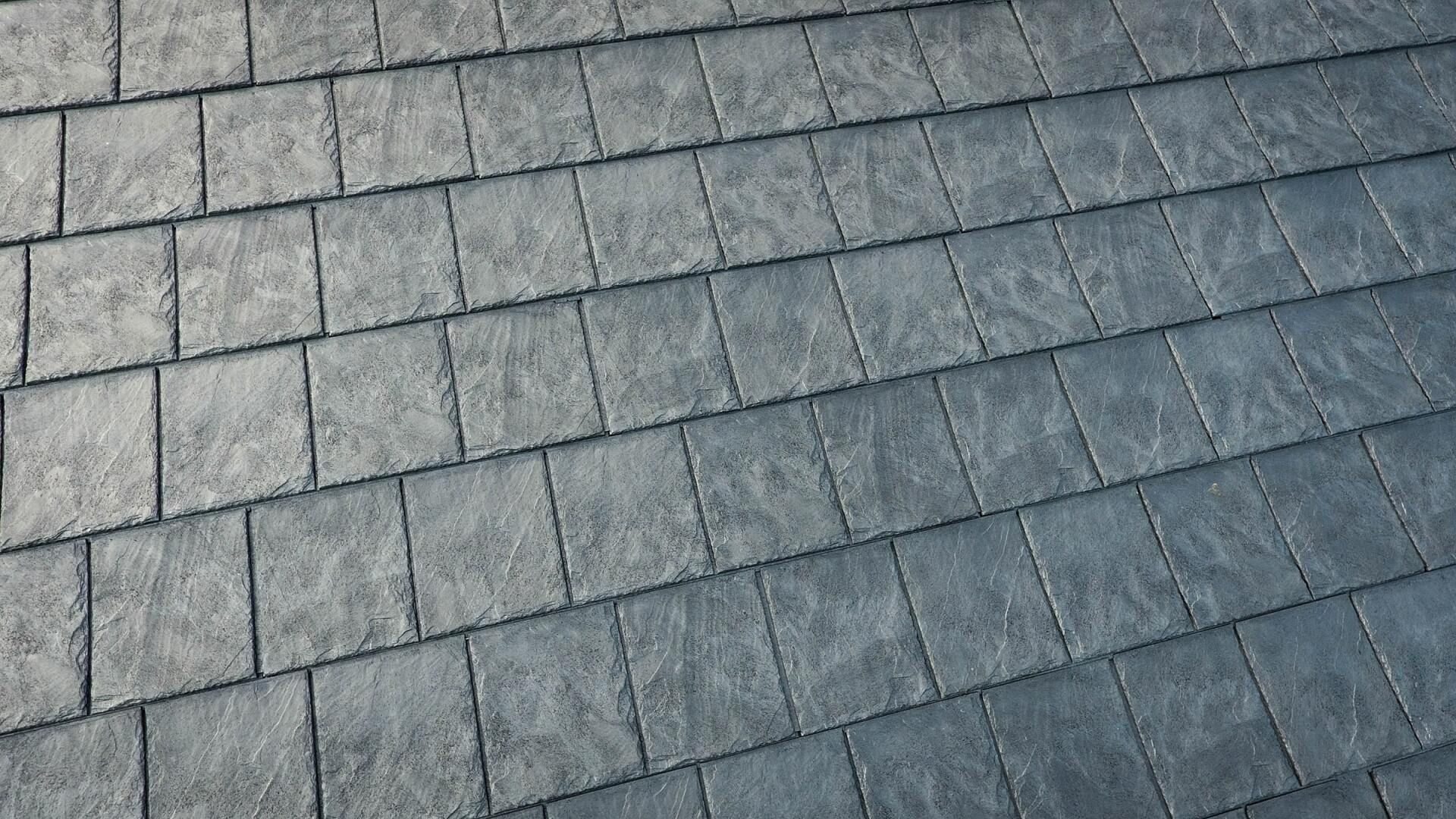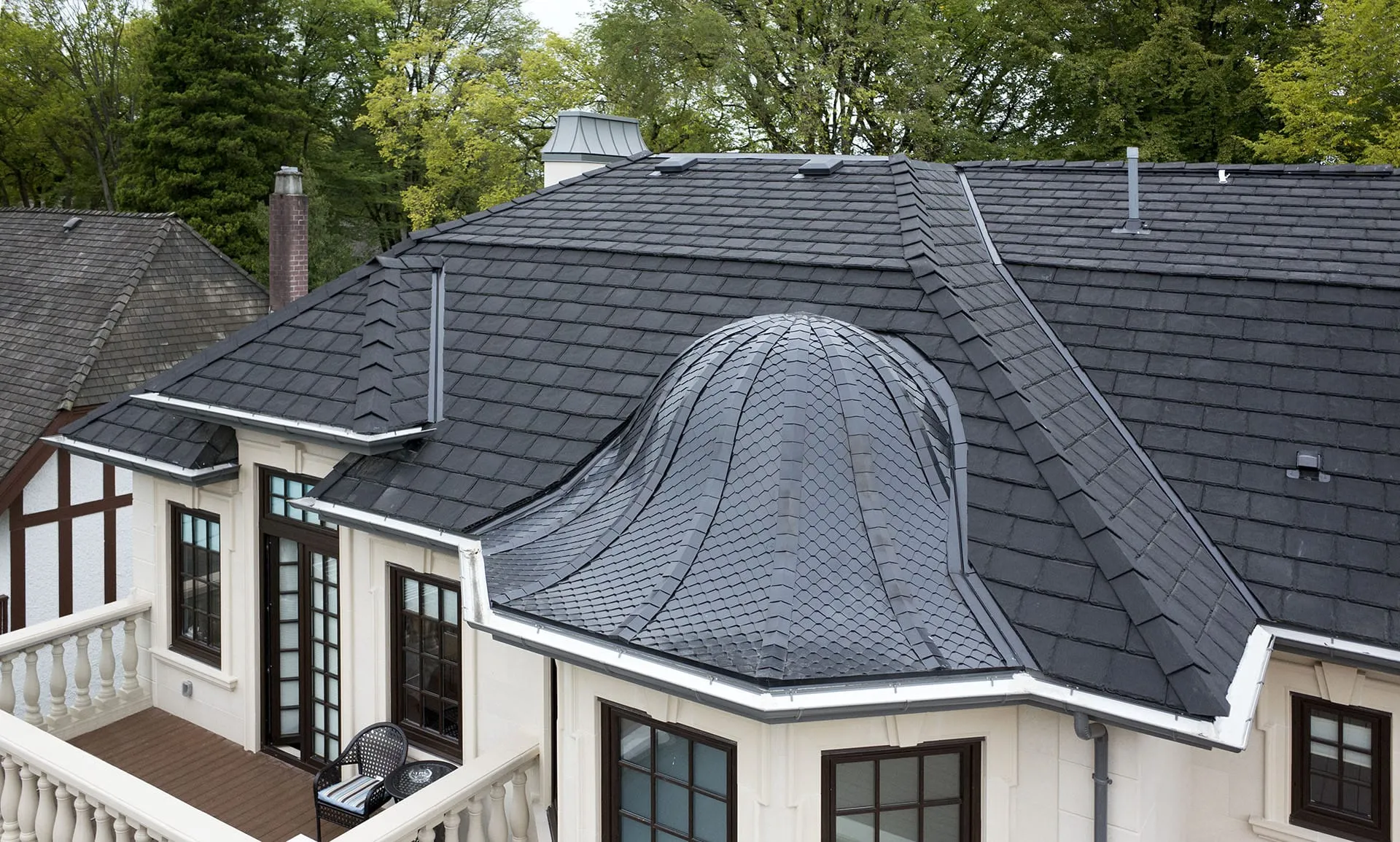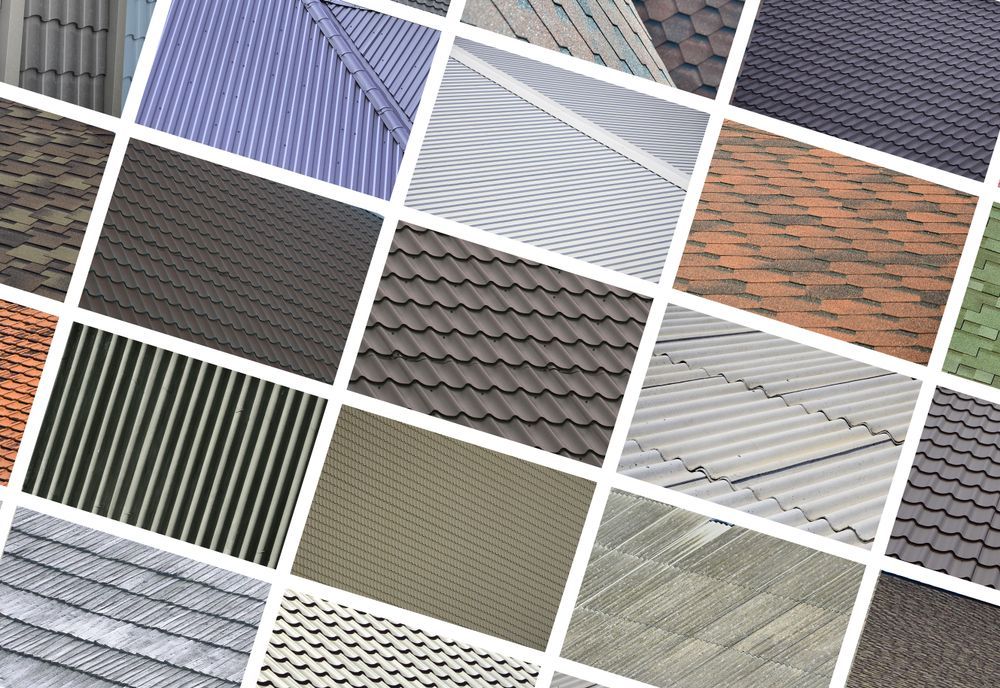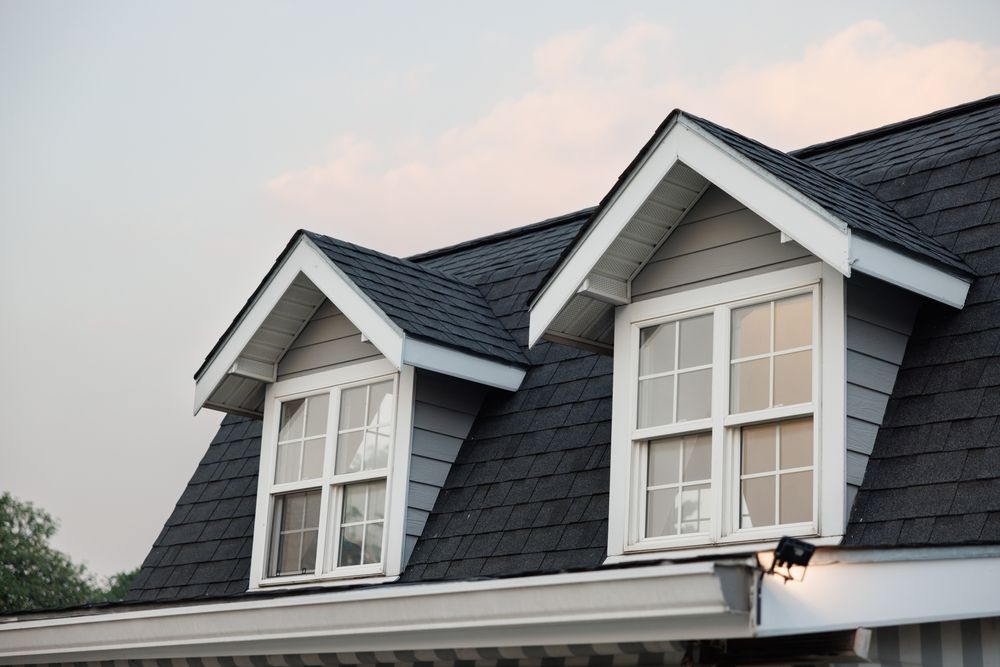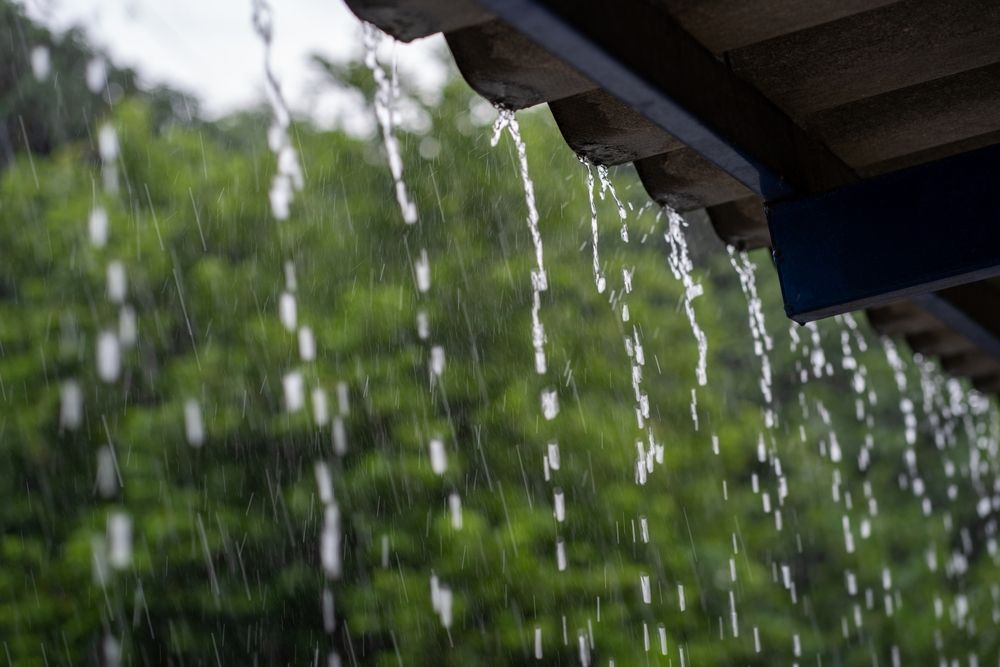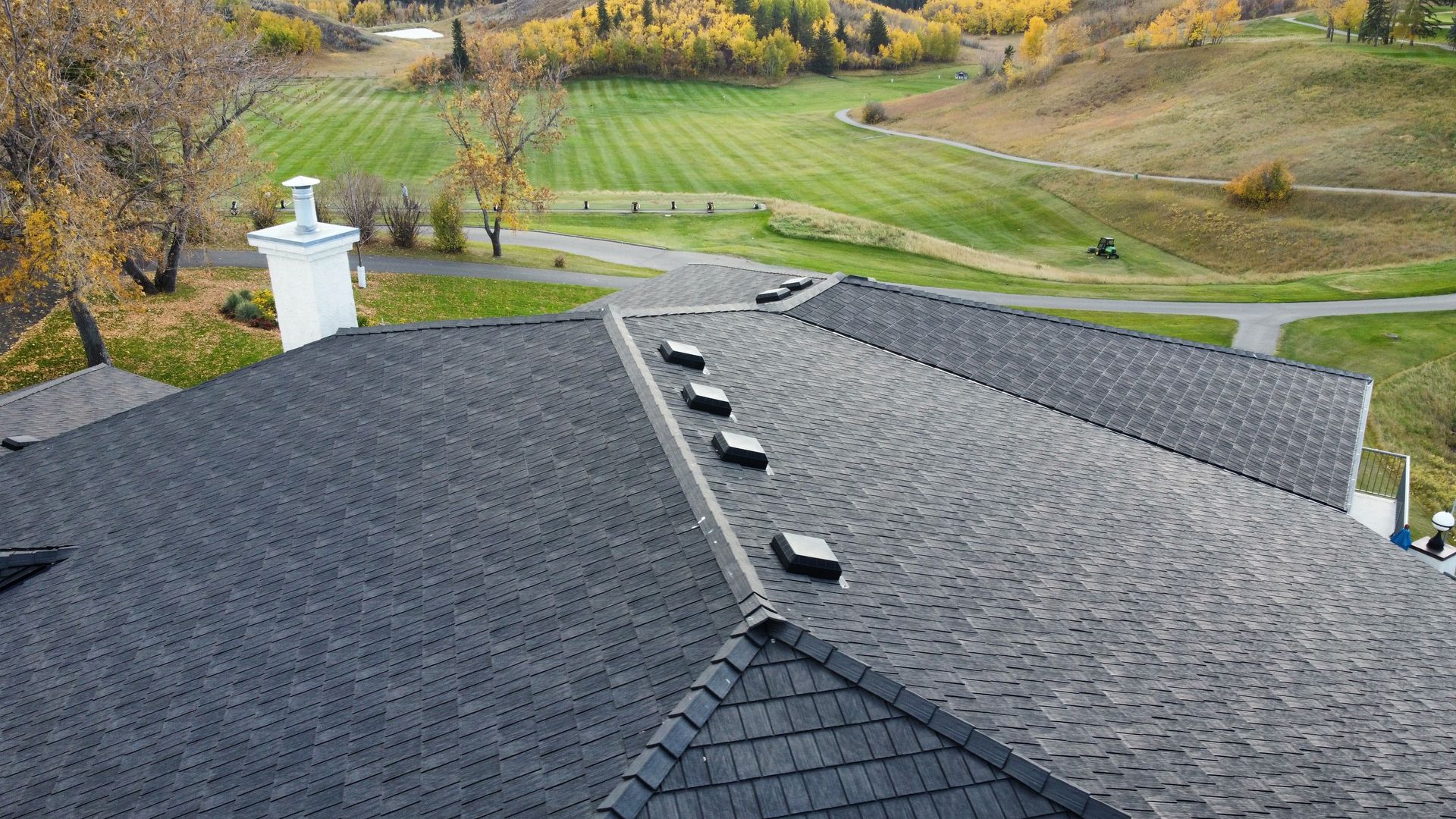During the Coronavirus quarantine period, we’ve all been reminded about how much we rely on our homes and our families.
We must take care of the essentials in life and invest time and energy into making sure that all is well with them.
We have a chance to do that with the people we love most – and the same mindset should extend to the place that keeps us all safe and that we call home.
The roof over our heads is an essential that we rarely even think about.
During the lockdown, it’s an ideal time to put our energies into making sure the roof will continue to keep our families safe into the future.
If the sun is shining, it may be ideal conditions for a spring roof inspection. Below is a list of all the things you need to be on the lookout for…
What to include in your spring roof inspection?
The following maintenance checks are designed for any homeowner and should ideally be performed at least annually.
They apply to whatever type of roof you have.
You do not need to be a roofing expert or DIY enthusiast. You don’t even need a huge box of tools.
You just need a commitment to keeping your roof safe, a keen eye, and perhaps a ladder and some basic equipment.
Final tip: document your inspection
It’s a good idea to document as much as you can about your roof so that if you need to call in the repair guys, they are aware of the historical record of your roof.
If you have information about the original roofing installation (membrane type, components, etc.) add to it with each inspection, noting any issues, maintenance, and repairs.
Is an annual spring roof inspection enough?
Let’s face it – we all have a little extra time on our hands currently with the Coronavirus quarantine situation. However, when the COVID-19 threat passes, you still need a sturdy roof over your heads.
Ideally, perform two inspections per year – in the spring and fall. This should prevent any major issues from rearing their ugly heads when you least expect them and prolong the life of your roof.
A self-inspection is a great start. However, it shouldn’t replace a professional roofing inspection, even if you believe your roof is in tip-top condition.
A professional can identify and prevent problems that the untrained eye cannot, such as open seams or loose fasteners. Besides, your insurance company may want evidence of an annual professional inspection if you make a claim for repairs.
If there are any minor problems with your roof, fix them sooner rather than later, as this will save unnecessary expense.
Finally, if you’re considering replacing your roof with a more durable, eco-friendly, low-maintenance option, consider a rubber roof. You won’t be disappointed!



